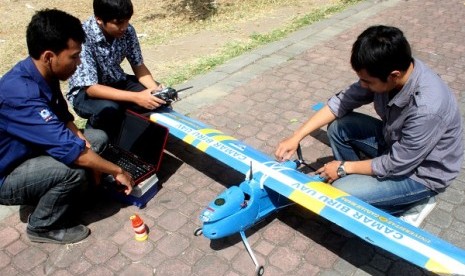 |
Kepala Staf Angkatan Laut Laksamana Marsetio.
|
JAKARTA : Kepala Staf Angkatan Laut Laksamana Marsetio mengatakan pemerintah
belum menentukan sikap atas tawaran hibah sejumlah kapal selam dari
Rusia.
Pernyataan ini disampaikan KASAL usai melakukan kunjungan ke
Rusia bersama Kementerian Pertahanan, untuk pembicaraan awal tentang
tawaran hibah tersebut.
Laksamana Marsetio mengatakan, selain membicarakan urusan hibah,
perwakilan Indonesia juga melihat kondisi dan kemampuan kapal selam
Rusia. “Yang ditawarkan kapal selam Kilo Class,” ujar Marsetio di kantor
Kementerian Pertahanan, Jakarta, Selasa, 1 Oktober 2013.
Marsetio menyebut kapal selam Kilo Class Rusia mempunyai kemampuan
bagus dan kapal selam produksi 1990-2000-an itu tergolong canggih.




